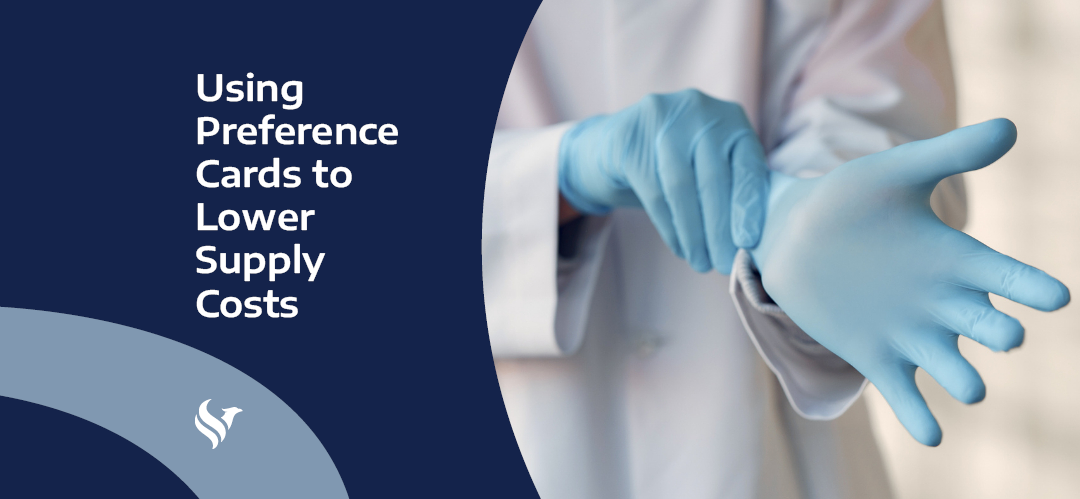Vice President of Clinical Strategies
When I started my OR career, physician preferences were hoarded and secured as if gold or diamonds. Each nurse had to glean what each provider preferred in supplies and set up, and heaven forbid they share the knowledge with coworkers. Since then, Preference Cards and a more supportive nursing culture have come a long way. These precious cards are now uniquely positioned to show actual case costing and assist the clinician in completing the electronic health record.
I was told by a wonderful preceptor to think of preference cards as the surgeon’s recipe card. It should contain all the “ingredients” necessary and explain how to assemble them. It should include the preferred temperature of the oven (OR), the music that should be playing, and the bowl and utensils necessary for the preparation. This explanation has stuck with me. However, as with all good recipes, I have added my spin.
Preference Cards must include the prices and location of goods.
Supplies are the second most expensive item in a surgery center’s budget, second only to personnel. Including costs on Preference Cards can help maintain better inventory control and provide data for accurate case costing. This level of transparency will help nurses, scrub technicians, anesthesia providers, and surgeons begin to feel accountable for their costs and encourage staff to only open items as needed (instead of just opening all the supplies onto the back table at the start of the case). Lastly, with this insight, you’ll have the ability to share a physician “report card” by comparing one surgeon’s cataract cost with another, which will create a curiosity and perhaps a sharing of techniques that lead to a reduction in supply costs.
Accurate Preference Cards allow the Materials Manager to make smarter choices.
Accurate cards will allow the Materials Manager to predict what is needed and when to order based on the scheduled patients. Most centers lack the storage space to maintain par levels that exceed a week/month of supplies. “Just in time” ordering, which is standard practice, reflects the predicted needs based on the scheduled cases and ultimately the associated Preference Cards. This can save your ASC significant money as you’ll reduce wasted/expired items sitting on shelves, and you won’t end up ordering supplies that a surgeon has decided to no longer use as all Preference Cards are up to date.
Leveraging an EHR will make sure your Preference Cards are accurate.
How can we make sure the cards are up to date? It requires constant participation from the staff, which has been the weakest link. The team is busy with patient care. While the thought may cross their minds that the Preference Card is inaccurate, it will slip away as the following case starts. Keeping their interest in card upkeep as high as possible is essential; plus, their involvement is in their own best interest. EHRs continue to push hard into the ASC space. Leveraging your EHR to assist in accurate, rapid charting via the preference card will accomplish that goal. Correct preference cards populate the chart with items like solutions, implants, equipment, dressings will save the circulator time. An added bonus? All the items are then captured in the “Supplies Used” column for easy inventory management, actual case costing, billing, and even contract negotiations.
Up to date preference cards and EHRs that utilize those cards to populate the chart will improve ASC flow, charting, and analytics. This leaves more time for patient care, keeping costs down in the process.
Don’t miss out on the good stuff – Subscribe to HST’s Blog & Podcast!
Every month we’ll email you our newest podcast episodes and articles. No fluff – just helpful content delivered right to your inbox.
